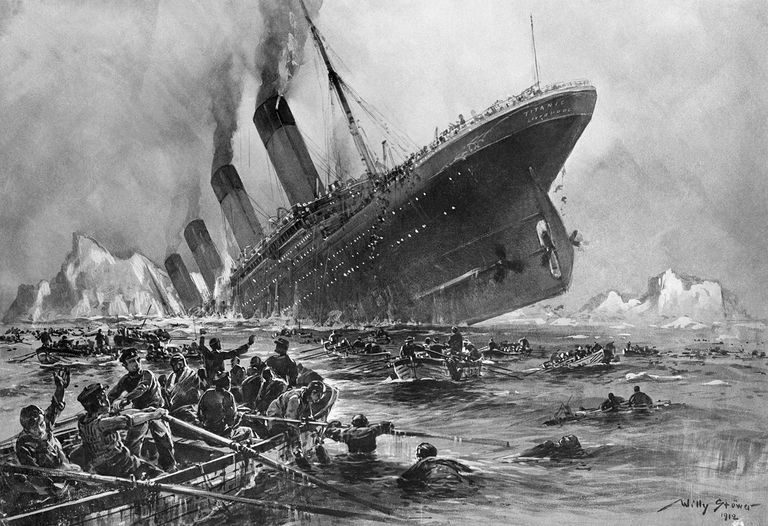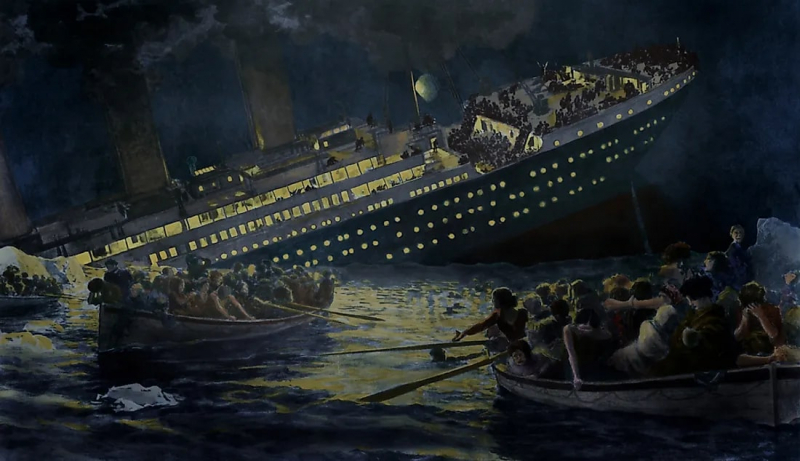Sinking of The Titanic
The Titanic disaster is perhaps the most famous accident in history. On 14 April, Titanic received six sea ice warnings, but she was still moving at 22 knots when her lookouts spotted the iceberg. The ship took a glancing blow due to her inability to turn quickly enough, which bent her starboard side and exposed six of her sixteen compartments to the sea. Titanic was built to stay afloat even after four of her forward compartments were flooded, but the crew quickly realized the ship would sink. As the passengers were loaded into lifeboats, they deployed distress flares and radio (wireless) communications to summon assistance.
On April 15, 1912, the Titanic sank after hitting an iceberg on its maiden journey from Southampton, UK to New York City, US. More than 1,500 people died when the Titanic sank in one of the greatest peacetime maritime disasters in modern history. It is regarded as one of the most opulent ocean liners ever built. The Titanic was built for $7 million. In today's money, that's $150 million.
The lack of lifeboats, inadequate procedures, and unfair treatment of third-class passengers during the evacuation startled the world and sparked considerable criticism. Following investigations, the International Convention for the Safety of Life at Sea was established in 1914, recommending significant reforms to maritime legislation.
Total loss: $150 million












